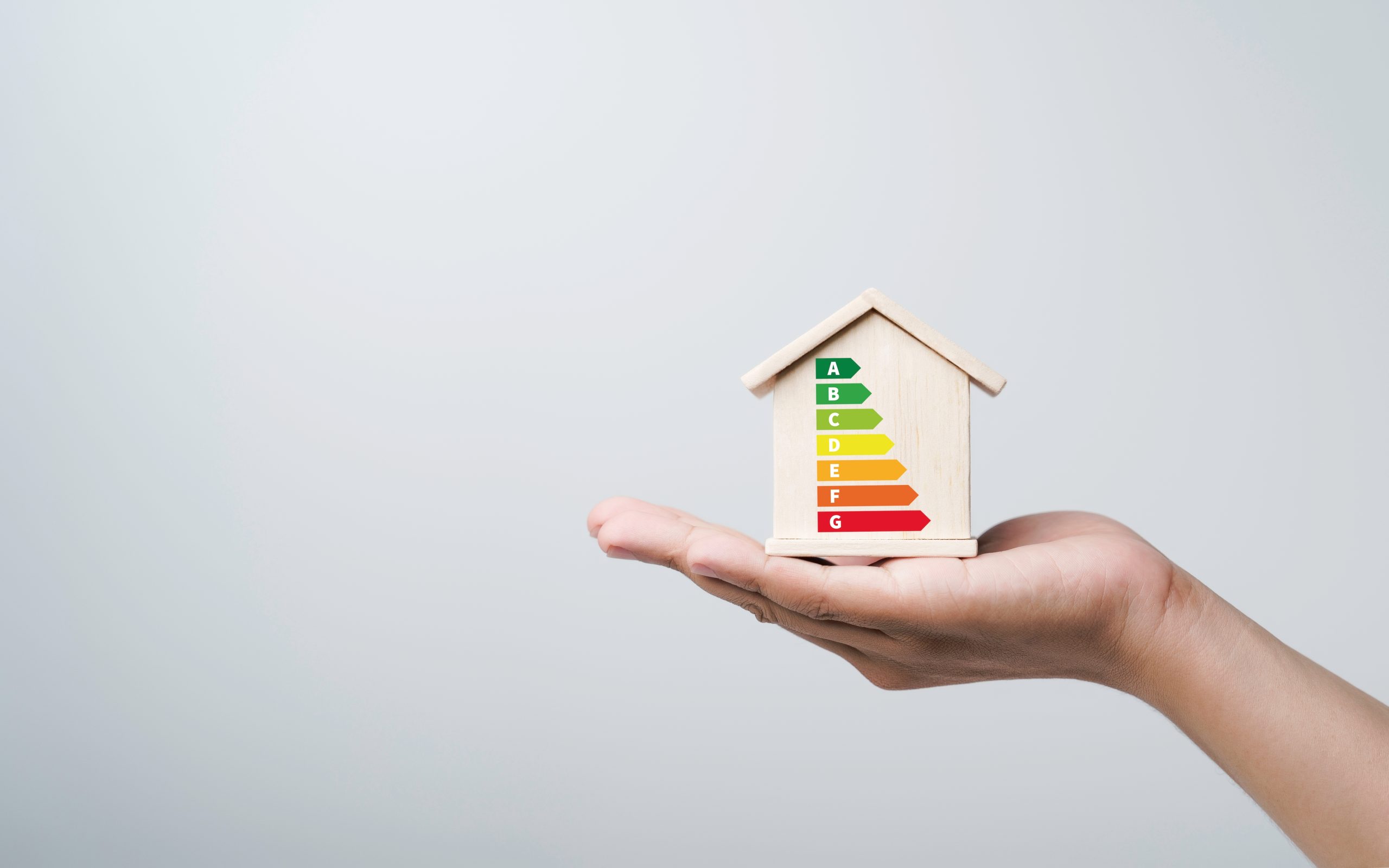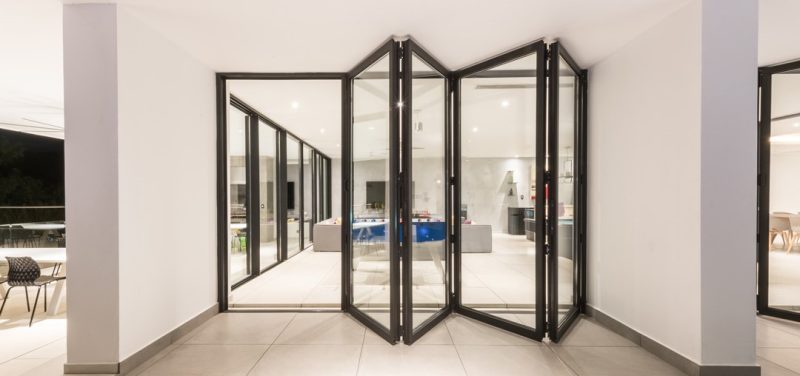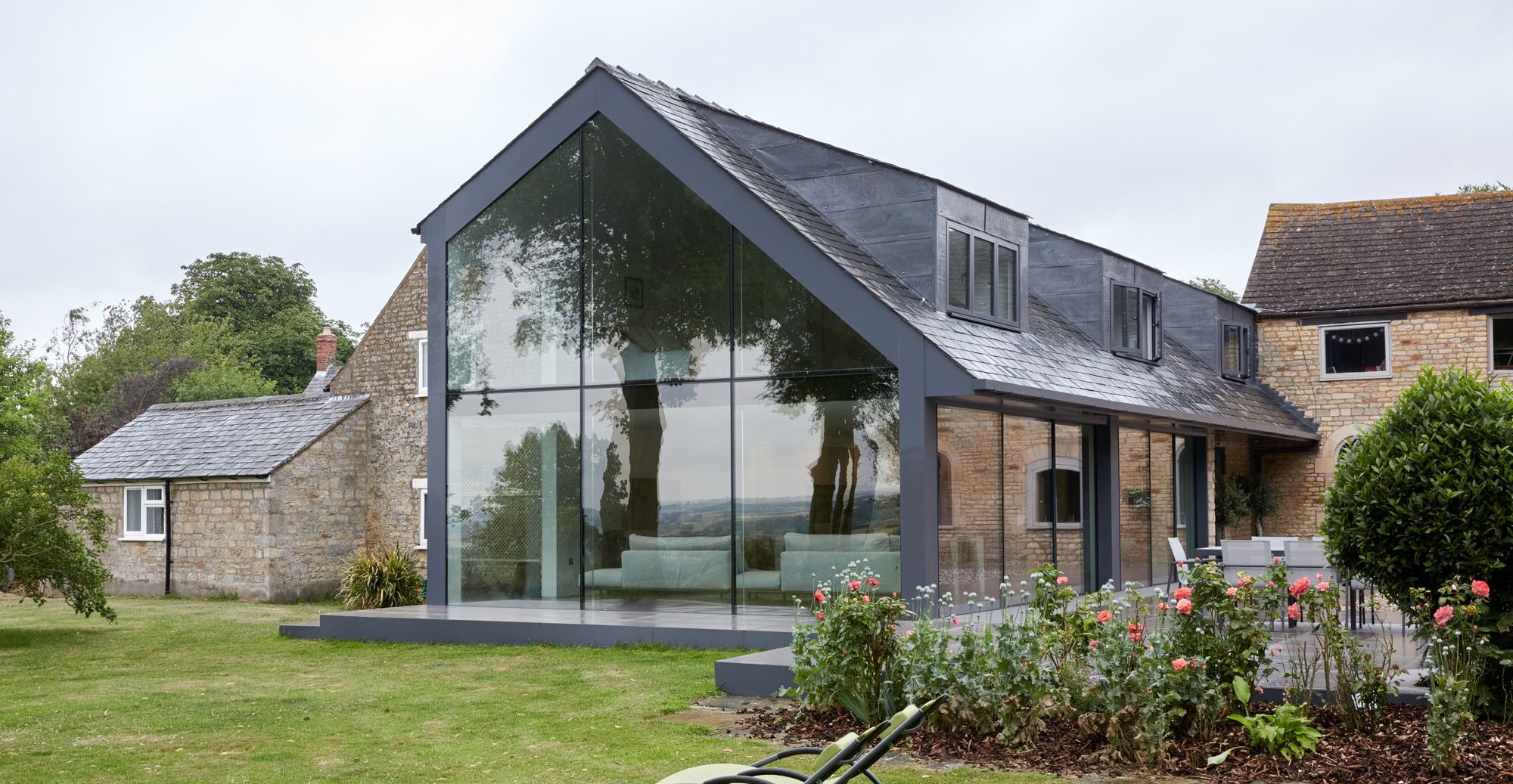
When it comes to choosing windows and doors for your clients, energy efficiency is a crucial consideration. Energy-efficient windows and doors can help reduce heat loss, improve insulation, and save you money on your energy bills. But how do you know which windows and doors are energy-efficient? That’s where window and door energy ratings come in.
Understanding Window and Door Energy Ratings:
Window and door energy ratings provide a standardised way to measure and compare the energy performance of different products. These ratings consider factors such as heat gain and loss, solar heat transmission, visible light transmittance, air leakage, and condensation resistance. By understanding these ratings, you can make an informed decision and choose the most energy-efficient windows and doors for your clients.
The British Fenestration Rating Council (BFRC), an independent organisation, determines window and door energy ratings in the UK. These ratings are typically measured on a scale from A++ to E, with A++ being the most energy-efficient.

Key Factors to Consider:
1. U-value: This measures the rate of heat loss through a window or door. The lower the U-value, the better the insulation properties of the product.
2. Solar Heat Gain Coefficient (SHGC): This measures the amount of solar heat that enters through a window or door. A lower SHGC indicates better heat blocking, which is desirable in warm climates to minimise air conditioning use.
3. Visible Transmittance (VT): This measures the amount of visible light that passes through a window or door. A higher VT means more natural light enters the space.
4. Air Leakage: This measures the amount of air that can pass through the frame of a window or door. A lower air leakage rating indicates better airtightness and less draft.
5. Condensation Resistance: This measures a product’s ability to resist condensation formation. A higher condensation resistance rating indicates better moisture control.
Energy-Efficient Windows and Doors From Glideline:
Here at Glideline, we offer a range of energy-efficient windows and doors that meet or exceed the recommended energy performance ratings. Our windows are designed with advanced insulation materials and glazing options to provide excellent thermal efficiency. We also offer options for low-emissivity (Low-E) coatings, which help manage light and heat transmission, and triple-pane windows for enhanced energy performance.

Window and door energy ratings are a valuable tool for trade partners to understand the energy performance of windows and doors. By considering factors such as U-value, SHGC, and air leakage, you can make an informed decision and choose the most energy-efficient products for your clients. At Glideline, we offer customisable energy-efficient windows and doors that meet or exceed the recommended energy performance ratings. Contact us today to learn more and start enjoying the benefits of energy-efficient windows and doors in your home.
Become A Trade Partner
If you would like discuss energy ratings further or a potential project, contact our friendly team or use our online quoting engine to receive a free personalised quote. Our Trade Partner Program offers exclusive benefits for tradespeople, including free online trade quotes, trade pricing, a 10-year guarantee, exceptional customer service, and an order management app. We’ll be delighted to discuss your requirements and provide the best energy-efficient windows and doors for your clients.






